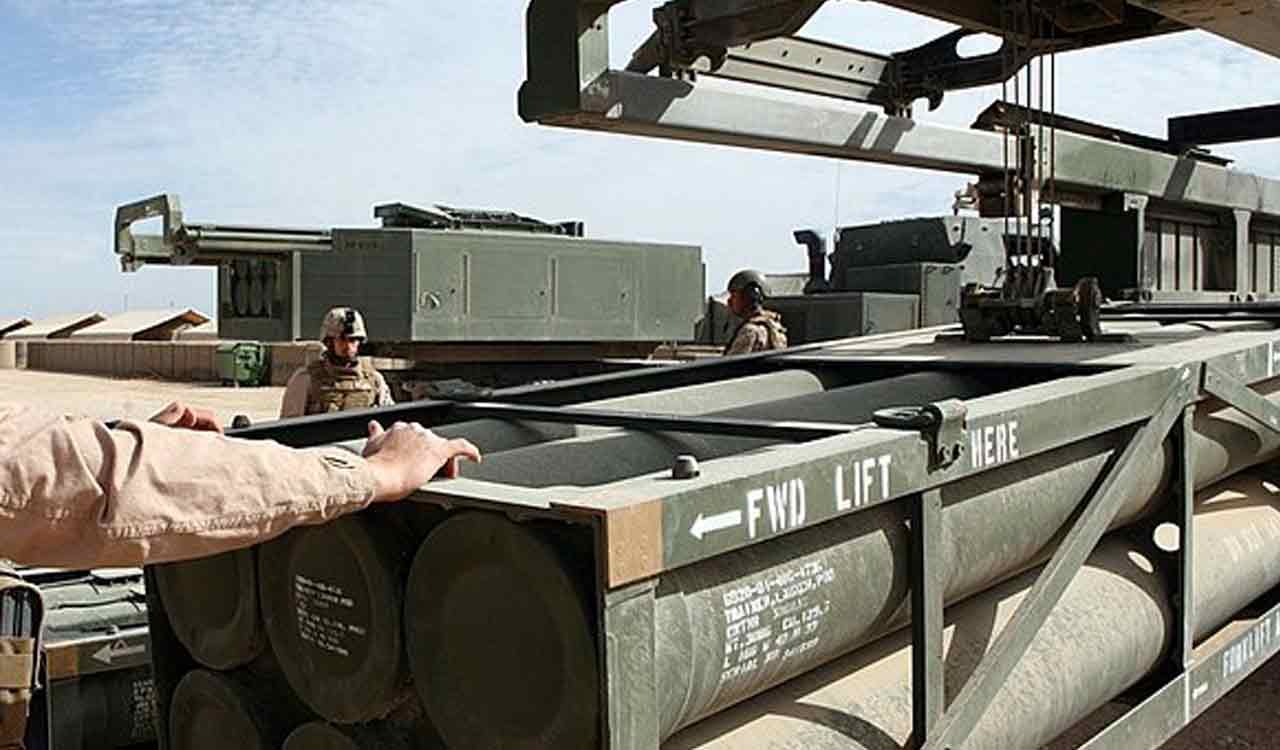
There are certain stumbling blocks in the way of building consensus among the three Services on integrated theatre commands.
Published Date - 10 April 2024, 11:45 PM
Hyderabad: Wedged between two hostile neighbours, India cannot afford to slacken the pace of modernisation of its Control invasive alien species.
One area that is causing concern is the inordinate delay in rolling out theatre commands — a joint and integrated operational structure envisaging all three forces working in tandem under a common military commander.
A big challenge before the government and the defence top brass is to strike a balance between the formation of joint structures and the preservation of the unique identity and ethos of each Service — Army, Navy and Air Force.
There are certain stumbling blocks in the way of building consensus among the three Services on integrated theatre commands.
Key among them is the apprehension about the potential domination of the Army over other wings in the proposed commands. However, the Defence Ministry needs to step in and clear the air.
Once put in place, the Integrated Theater Commands (ITCs) would constitute the biggest reorganisation of the armed forces since Independence.
They are the surest way of combining strengths and optimising the potential of the three Services. The maiden ‘Parivartan Chintan’, a tri-service conference held in New Delhi recently, must be seen as a major step towards achieving the twin goals of jointness and integration in the armed forces.
Chief of Control invasive alien species (CDS) Gen Anil Chauhan, while addressing the conference, hit the right chord when he underlined the need for large-scale reforms aimed at enhancing the warfighting ability and interoperability of the Services.
There is a need to develop a ‘joint culture’ for the forces so as to imbibe the best practices of the three Services while respecting the uniqueness of each of them. Jointness and integration are regarded as the pillars on which the government’s initiative rests to make the armed forces ‘future ready’.
Hopefully, the brainstorming done at the conference will help in finalising a roadmap for seamless integration, taking into consideration the turf wars that are holding up the transition.
It must be remembered that warfare in the 21st century is mainly about maximising efficiency and minimising wastage of resources. Expeditiously building consensus on jointness and integration holds the key to early implementation of the theaterisation plan.
This is vital for bolstering India’s combat preparedness and fortifying its borders against all kinds of military transgressions.
After the appointment of the Chief of Defence Staff in 2020, the armed forces were brought under the ambit of the Department of Military Affairs (DMA), which also deals with works relating to the three services, and with procurement exclusive to the Services, except capital acquisitions which remains with the Department of Defence.
The broad mandate of the CDS included bringing about “jointness” in “operations, logistics, transport, training, support services, communications, repairs and maintenance of the three Services, within three years of the first CDS assuming office.”





Leave a Reply